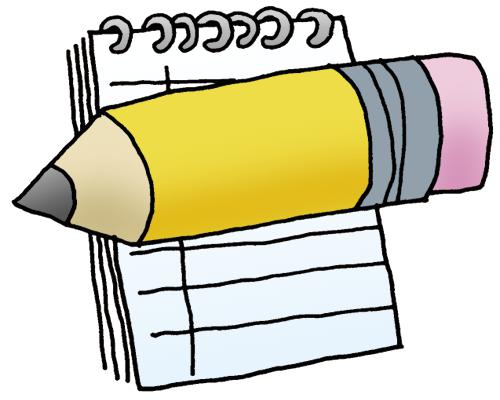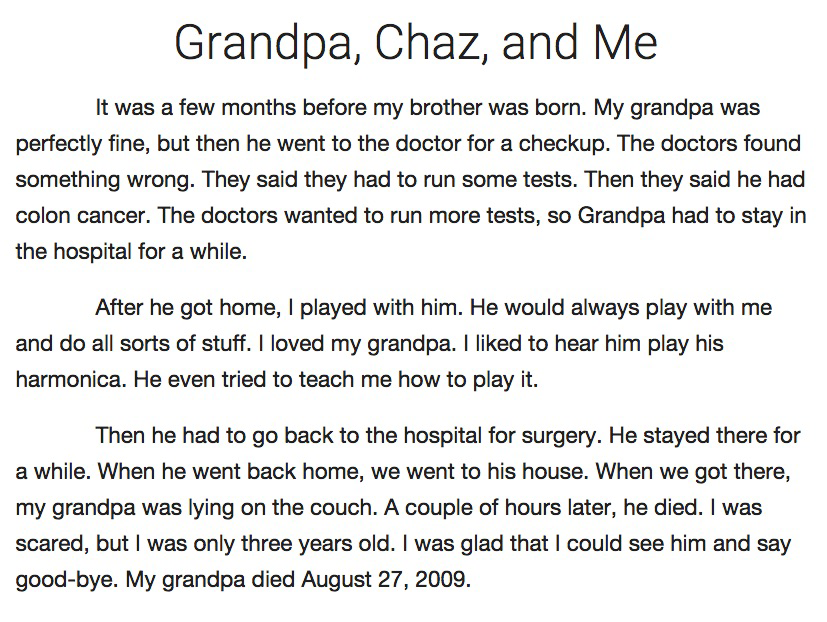
Would you like to make your classroom a stimulating community of writers and learners? Set up a writing workshop! This instructional approach truly engages students by letting them write, read, interact, mentor, and take risks—all at their own pace. Follow these simple steps to create a writing workshop in your classroom.
Step 1: Set up a writing workshop framework.
A typical writing workshop session has four parts.
Daily Activity |
Description |
|---|---|
Writing Minilesson(10 minutes as needed) |
Introduce a new concept or skill to the class in a 10-minute lesson and ask students to apply it in their writing. (See sample minilessons.) |
Work Check(2 minutes) Find out what students will work on for the day. |
Spend a few minutes tracking the work each student will do that day. (Download weekly work check example and weekly work check template.) |
Student Work(30 minutes) Writing, Revising, Editing, Conferencing, or Publishing |
Provide students with 30 minutes to work on their projects. Meanwhile, you can conference with individual writers or small groups as needed. |
Whole-Class Sharing(5 minutes) |
Leave 5 minutes at the end of class for students to share portions of their work and/or ask questions. |
Step 2: Be a writer!
Teach by example, showing not only how you write, but also how to collaborate, respond to other writers, and make improvements based on responses.
Step 3: Create a writing community.
Help your students work side by side, learning from each other in much the same way that artists do in studios or cooks do in the kitchen. Provide spaces for individual work and spaces for small-group work.
Step 4: Provide many models and topic choices.

Models help students see how other writers have shaped their ideas in essays and stories. They also serve as springboards for minilessons and class discussions about specific writing strategies. (See student models.)
Your students need to write about topics that interest them. When students have strong feelings about their topics, they stay with their writing longer and do their best work. (See writing topics.)
Step 5: Let students work at their own pace.
On any given day, some students may be researching a topic; others may be drafting or revising; and still others may have finished one piece of work and started on another. As workshop manager, your job is to make sure that everyone is gainfully working on a project.
Step 6: Invite peer responses.
Your students need the feedback of their peers to develop strong writing and feel part of the writing community. Help them carry out peer response groups. (See the peer response minilesson.)
Step 7: Offer your support.
Hold brief (2- to 3-minute) conferences with students as needed during independent writing time. During these conferences, don’t act as a fixer but rather as someone who listens and suggests and offers next steps.
Final Thoughts:
Effective classroom management is the key to implementing a successful writing workshop. You need to establish specific goals (such as the number of pieces to be completed per quarter), keep students on task (via the work check), and look for teachable moments to introduce specific minilessons.
Writing Workshop Resources
Writing Workshop: The Essential Guide by Ralph Fletcher and JoAnn Portalupi
About the Authors: Writing Workshop with Our Youngest Writers by Katie Wood Ray
In the Middle: New Understandings About Writing, Reading, and Learning by Nancie Atwell
The 9 Rights of Every Writer by Vicki Spandel
The No-Nonsense Guide to Teaching Writing by Judy Davis and Sharon Hill
www.writingproject.org (National Writing Project)